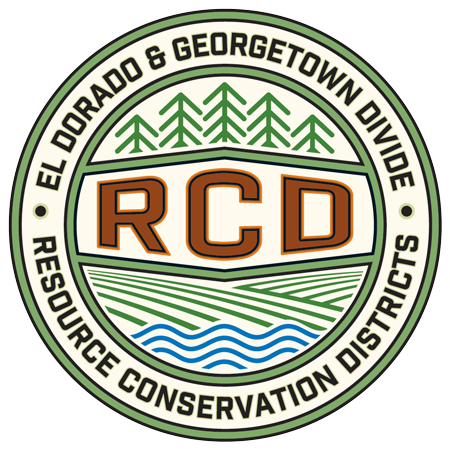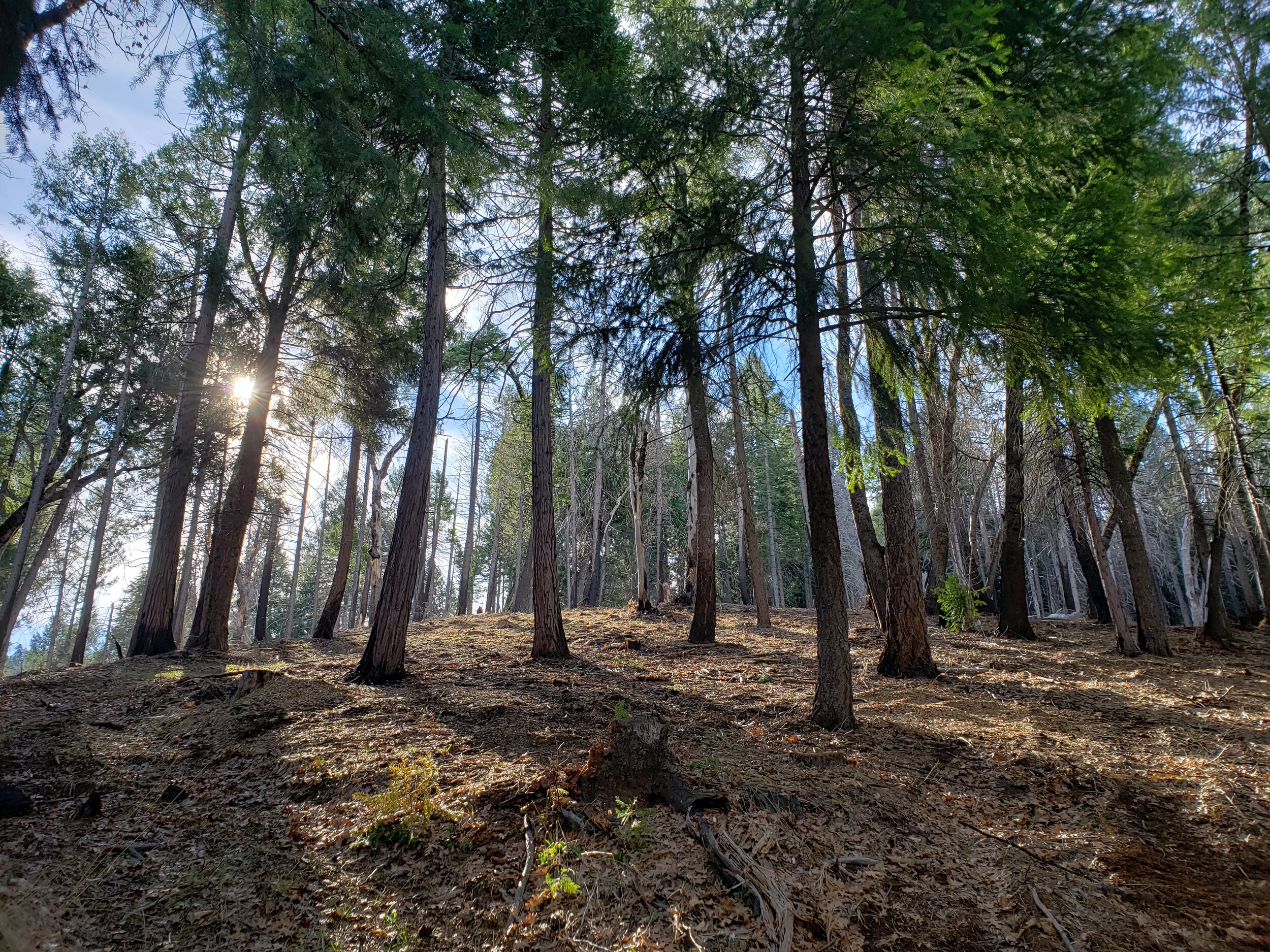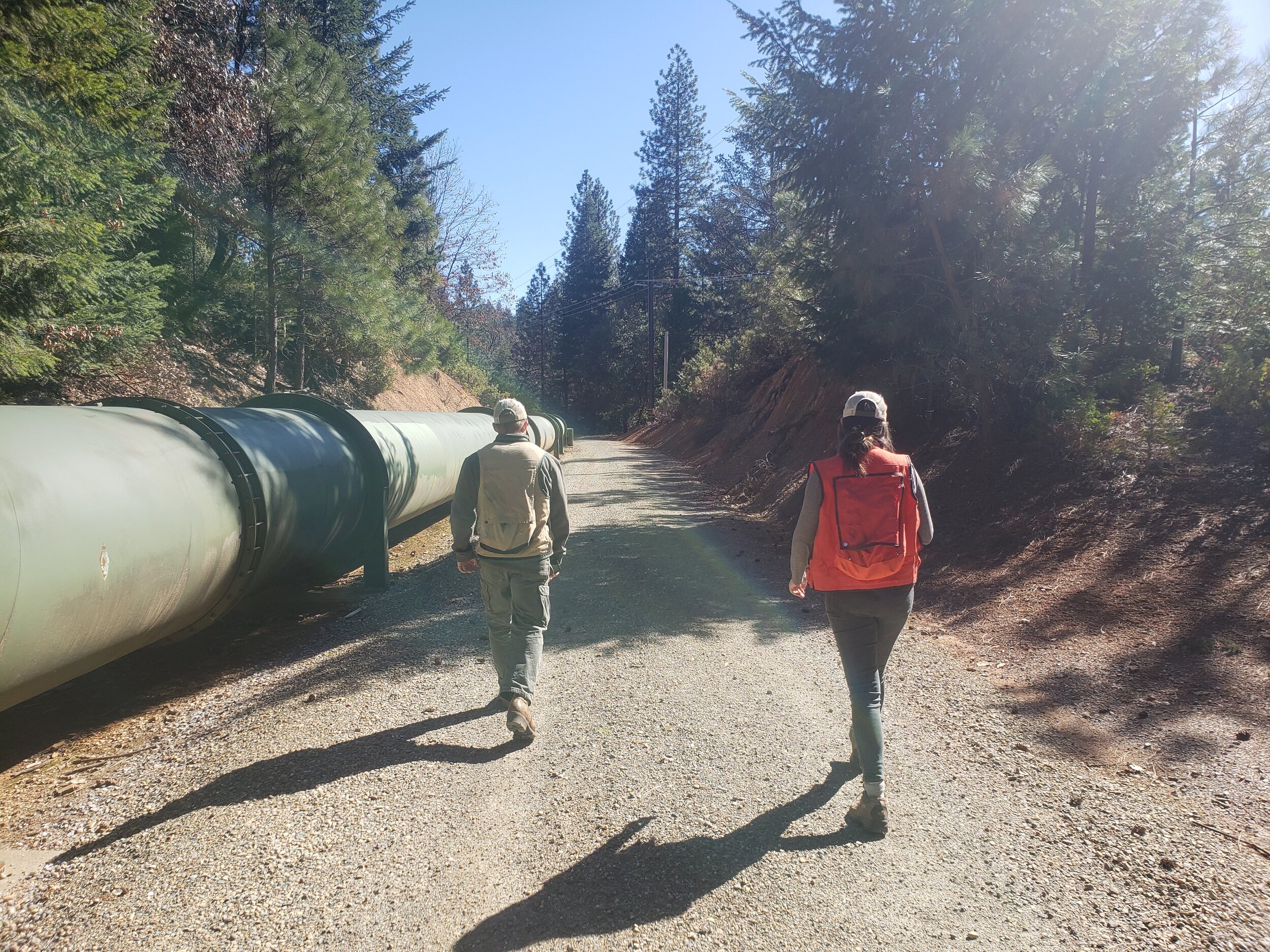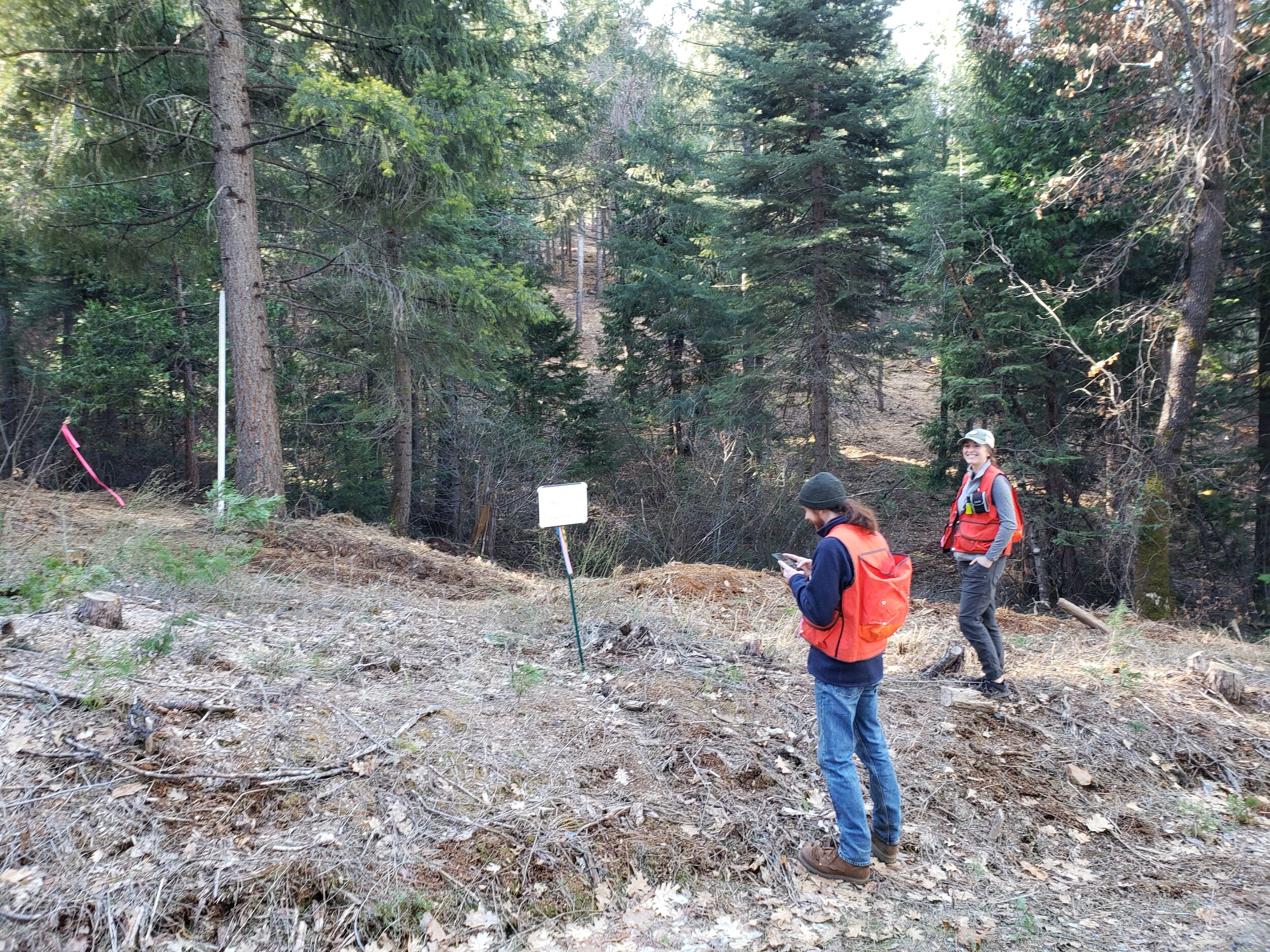Fire Adapted 50: Phase II (El Dorado County Cooperative Wildfire Prevention Strategy) is part of a series of wildfire fuels reduction projects to be completed through Fire Adapted 50 (FA50), an innovative all-lands hazardous approach to increasing fire resilient forest ecosystems and fire adapted communities along the Wildland-Urban Interface (WUI) of the U.S. Highway 50 corridor. The landscape encompassed by these efforts is representative of the current state of the Sierra Nevada as evidenced by the devastating effects of recent fires (including the 2014 King Fire), drought and insect associated tree mortality and the susceptibility of human communities, ecosystems and watersheds to such catastrophic events. The values to be protected in this watershed are critical to the local and regional economy and to ecosystem health.
Phase II of FA50 is located in the Camino/Pollock Pines Shaded Fuel Break, stretching from Slab Creek Dam to Pony Express Trail along the South Fork American River Canyon. The project is positioned to utilize an existing fire mitigation line developed during the King Fire and will tie into other existing Iowa Hill and Independence fuel breaks. Phase II will be completed under the context of the South Fork American River (SOFAR) Cohesive Strategy and will treat ~1000 acres of private land. This fuel break on private land will be connected to a future fuel break on USFS lands, emphasizing the all-lands hazardous approach. Work on Phase II is currently on-going, utilizing a combination of mastication and hand-thinning methods, and is set to be completed by March 2022.
Treatment Map
Before Treatment
Example of pre-treatment conditions at photo point #6, April 2020
After Treatment
Example of post-treatment conditions at photo point #6, February 2021
Before Treatment
Example of pre-treatment conditions at photo point #4, April 2020
After Treatment
Example of post-treatment conditions at photo point #4, February 2021
Questions about this project?










